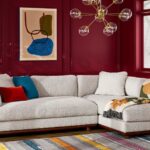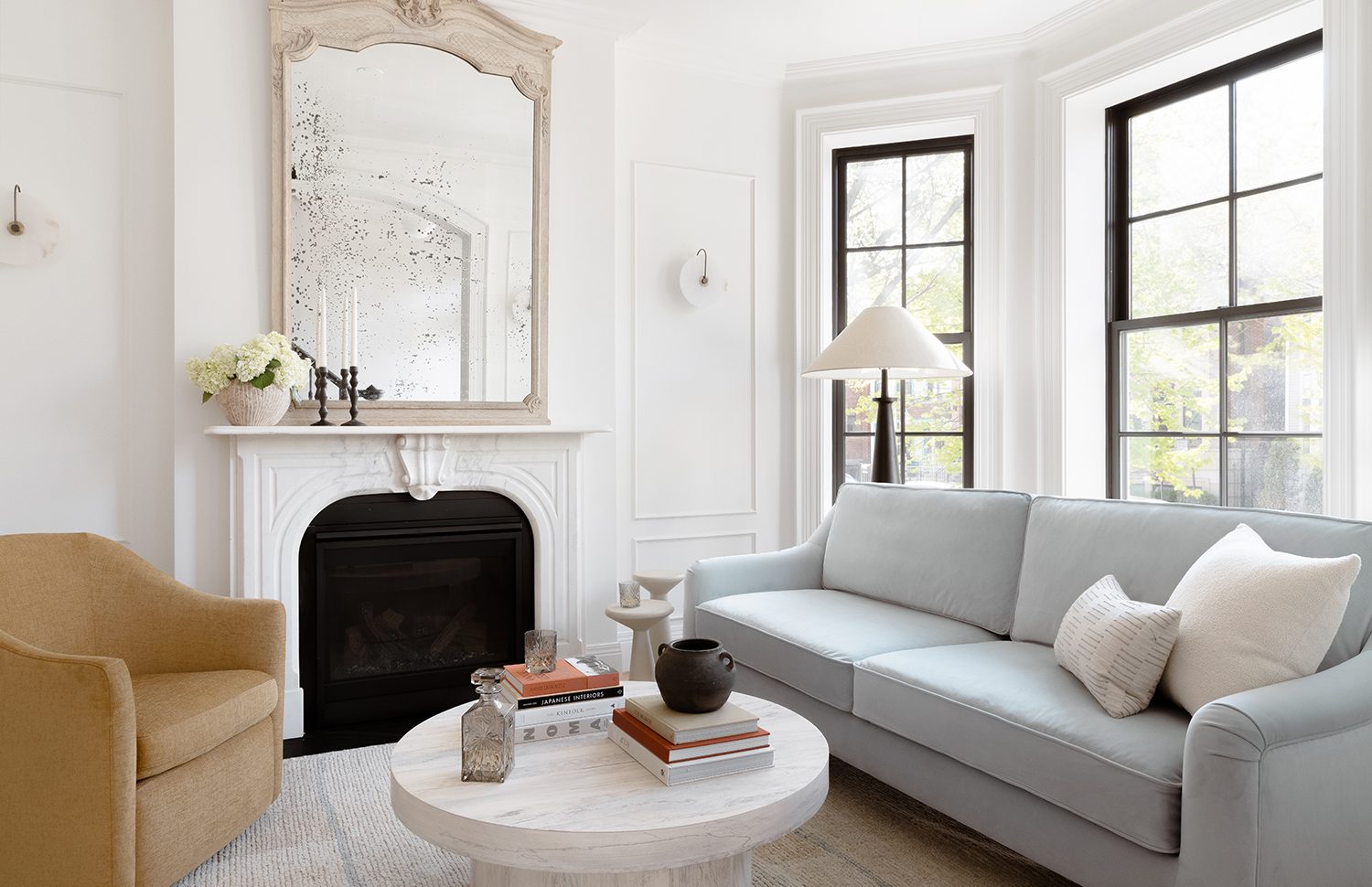As dusk settled over the quaint suburban neighbourhood, Emily stood in her living room, gazing at the soft glow emanating from her newly installed chandelier. The warm light danced across the walls, highlighting cherished family photos and casting gentle shadows that made the room feel cosy and elegant. Just a few months ago, Emily had struggled to find the proper lighting to complement her space, feeling that her home lacked the inviting ambience she desired. Determined to create a harmonious environment, she embarked on a journey to explore the world of interior lighting. Today, her living room is not just a place to unwind but a beautifully lit sanctuary that reflects her style and enhances her everyday living.
Interior lighting shapes a home’s ambience, functionality, and aesthetic appeal. The proper lighting can transform any space, from creating cosy nooks to illuminating workspaces. This article delves into the various aspects of interior lights for homes, supported by the latest statistics and expert insights, to guide homeowners in making informed lighting choices that enhance their living environments.
The Importance of Interior Lighting
Lighting is more than just a necessity; it’s an essential interior lights for home design element influencing mood, productivity, and overall well-being. According to the National Lighting Association (NLA), over 50% of homeowners consider lighting a crucial factor in home design. Proper lighting not only enhances a space’s beauty but also improves functionality, making daily tasks easier and more enjoyable.
Types of Interior Lighting
Understanding the different types of interior lighting is fundamental to creating a balanced and effective lighting scheme. There are three primary categories: ambient, task, and accent lighting.
- Ambient Lighting
Ambient lighting provides illumination, ensuring the space is adequately lit without creating harsh shadows. It serves as the foundation of a room’s lighting design.
- Statistics: According to a report by Home Lighting Magazine, 65% of homeowners prioritize ambient lighting when planning their interior lighting.
- Examples: Ceiling-mounted fixtures, chandeliers, recessed lighting, and wall sconces are familiar ambient lighting sources.
- Tips: To achieve even lighting, consider using dimmable fixtures that can be adjusted based on the time of day and activity.
- Task Lighting
Task lighting is designed to illuminate areas where activities such as reading, cooking, or working are performed. It provides focused light to enhance productivity and reduce eye strain.
- Statistics: 78% of office workers report that proper task lighting improves their work performance.
- Examples: Desk lamps, under-cabinet kitchen lights, and pendant lights over workstations are typical task lighting solutions.
- Tips: Position task lights to minimize glare and shadows, and choose adjustable fixtures to cater to different tasks and preferences.
- Accent Lighting
Accent lighting highlights particular features within a room, such as artwork, architectural details, or decorative objects. It adds depth and visual interest, creating focal points that draw the eye.
- Statistics: 45% of interior designers use accent lighting to enhance the aesthetic appeal of a space.
- Examples: Spotlights, track, and picture lights effectively accentuate specific elements.
- Tips: Use accent lighting sparingly to avoid overwhelming the space, and consider the colour temperature to complement the highlighted features.
Energy-Efficient Lighting Solutions
With the growing emphasis on sustainability, energy-efficient lighting has become a significant trend in interior design. Energy-efficient lights reduce electricity consumption, lower utility bills, and minimize environmental impact.
LED Lighting
Light Emitting Diodes (LEDs) are the most popular energy-efficient lighting option, offering longevity and versatility.
- Statistics: LEDs use at least 75% less energy than incandescent lighting and last 25 times longer.
- Benefits: LEDs produce bright, clear light, are available in various colours and styles, and are compatible with smart home systems.
- Applications: LEDs can be used for ambient, task, and accent lighting, making them a versatile choice for any room.
CFL Lighting
Compact Fluorescent Lamps (CFLs) are another energy-efficient alternative to traditional bulbs.
- Statistics: CFLs are about 70% more energy-efficient than incandescent bulbs.
- Benefits: CFLs offer a good balance between energy efficiency and cost, and they last significantly longer than incandescent bulbs.
- Applications: Suitable for ambient and task lighting, especially in areas where frequent bulb changes are inconvenient.
Bright Lighting: The Future of Home Illumination
Intelligent lighting systems are revolutionizing how we interact with our home environments, offering unprecedented control and customization.
Features of Smart Lighting
- Remote Control: Adjust lighting settings via smartphones, tablets, or voice commands using devices like Amazon Alexa or Google Home.
- Automation: Schedule lights to turn on and off at specific times or based on occupancy sensors.
- Customization: Change colour temperatures and brightness levels to match moods and activities.
- Statistics: The global smart lighting market is projected to reach $29 billion by 2025, growing at a CAGR 17.6%.
- Benefits: Enhanced convenience, improved energy management, and increased home security.
- Applications: Ideal for all types of lighting, especially in living rooms, kitchens, and home offices.
Trends in Interior Lighting
Staying updated with the latest lighting trends can help homeowners create stylish and functional spaces.
- Minimalist Designs
Clean lines and simple fixtures are in vogue, emphasizing functionality without sacrificing style.
- Examples: Geometric pendant lights, sleek track lighting, and understated recessed lights.
- Benefits: Creates a clutter-free environment, enhancing the overall aesthetic of modern homes.
- Vintage and Industrial Styles
Combining old-world charm with modern functionality, vintage and industrial lighting adds character to any space.
- Examples: Edison bulb fixtures, metal pendant lights, and reclaimed wood lamps.
- Benefits: Adds warmth and personality, making spaces feel unique and inviting.
- Biophilic Lighting
Incorporating natural elements into lighting design, biophilic lighting aims to connect indoor spaces with the outdoors.
- Examples: Skylights, light fixtures with natural materials, and daylight-mimicking bulbs.
- Benefits: Enhances well-being by promoting a connection with nature, improving mood and productivity.
Choosing the Right Lighting for Each Room
Different rooms in a home require tailored lighting solutions to meet their specific needs and functions.
Living Room
Combining ambient, task, and accent lighting creates a versatile and comfortable space.
- Suggestions: Use a central chandelier or recessed lighting for ambient light, floor lamps for task lighting, and spotlights to highlight artwork.
Kitchen
Functional and bright lighting is essential for cooking and meal preparation.
- Suggestions: Install under-cabinet LED lights for task lighting, pendant lights over the kitchen island, and ceiling-mounted fixtures for ambient illumination.
Bedroom
Create a relaxing and intimate atmosphere with layered lighting.
- Suggestions: Use bedside lamps or sconces for task lighting, soft ambient lighting with dimmable fixtures, and accent lighting to highlight décor.
Home Office
Adequate task lighting is crucial for productivity and reducing eye strain.
- Suggestions: Invest in adjustable desk lamps, overhead lighting with bright LEDs, and natural light sources to enhance focus and energy.
Bathroom
Bright and functional lighting is necessary for grooming and personal care.
- Suggestions: Install vanity lights around mirrors, recessed ceiling lights for ambient lighting, and moisture-resistant fixtures for safety.
Enhancing Interior Lighting with Accessories
Accessories can complement and enhance the interior lights for home design, adding functionality and style.
Lampshades and Diffusers
Choosing the right lampshade or diffuser can soften light, reduce glare, and add aesthetic appeal.
- Tips: Opt for materials and colours that complement the room’s décor, and use adjustable diffusers to control light intensity.
Dimmer Switches
Dimmer switches offer flexibility in controlling light levels, allowing for customization based on activities and moods.
- Benefits: Enhance energy efficiency, extend the lifespan of bulbs, and create varied atmospheres.
Lighting Controls
Advanced lighting controls, such as intelligent switches and sensors, provide greater control and automation options.
- Benefits: Improve convenience, enhance security, and optimize energy usage through automated settings.
The Impact of Lighting on Health and Well-being
Proper lighting design can significantly influence physical and mental health, making it an essential consideration in home design.
Circadian Rhythms
Exposure to natural light during the day and reduced light at night helps regulate circadian rhythms, promoting better sleep and overall health.
- Statistics: Exposure to natural light has been linked to improved mood and productivity, with 80% of workers reporting enhanced focus when exposed to adequate daylight.
- Tips: Maximize natural light with strategically placed windows and mirrors, and use warm, dimmable lighting in the evening to support healthy sleep patterns.
Visual Comfort
Avoiding harsh shadows and excessive glare contributes to visual comfort, reducing eye strain and headaches.
- Tips: Use layered lighting, diffuse harsh light sources, and choose fixtures that distribute light evenly throughout the room.
Conclusion
Interior lighting is a powerful tool that can transform a house into a home, enhancing its beauty and functionality. By understanding the different types of lighting, embracing energy-efficient and intelligent solutions, and staying abreast of current trends, homeowners can create spaces that are aesthetically pleasing and conducive to daily living and well-being.
Emily’s journey to finding the perfect lighting for her living room is a testament to the transformative power of well-designed lighting. Whether aiming to create a cosy ambience, a productive workspace, or a stunning focal point, the right interior lights for home can make all the difference. By leveraging the latest statistics and expert insights, this guide aims to illuminate the path to creating beautifully lit and harmonious living spaces that reflect your style and meet your functional needs.
You may also read











